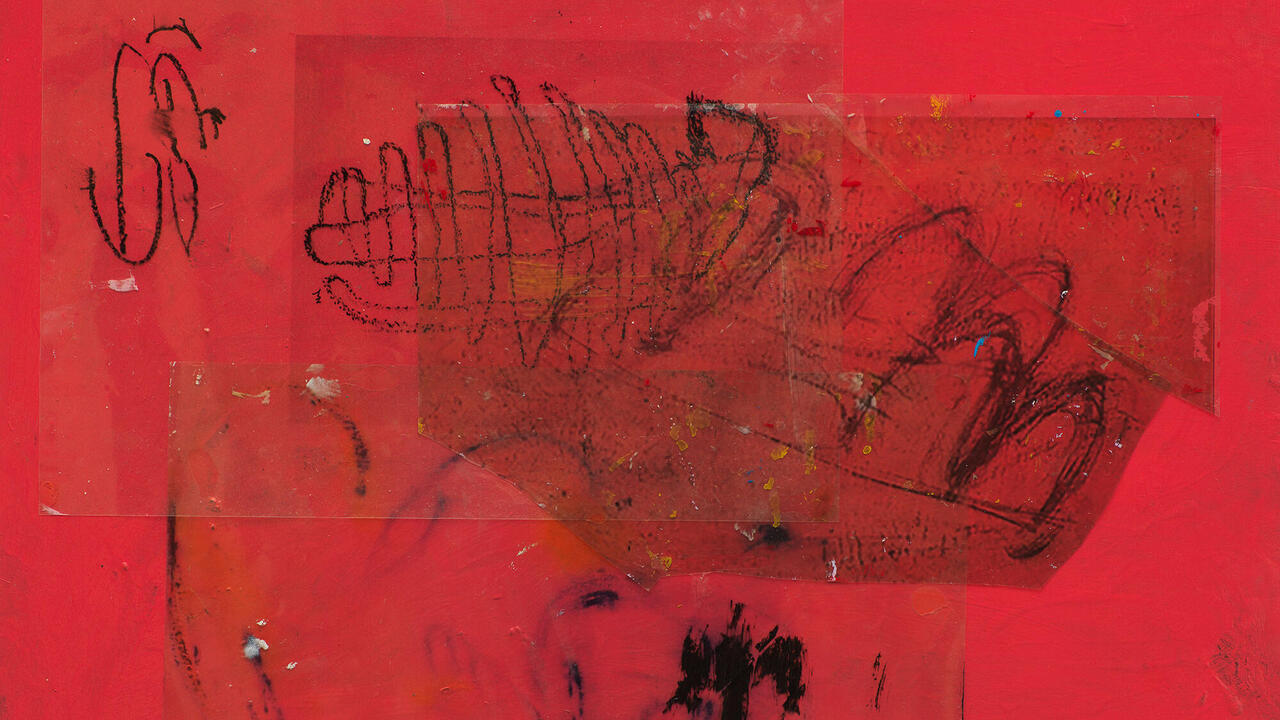Dana Hoey
Even if we no longer accept photographs as incontrovertible evidence, it doesn't take much to convince us that one is real, or at least believable. But if contemporary photography owes more to the film still than the snapshot, it's probably because viewers are more willing to accept - even prefer - realism over reality. Having got used to taking our simulacra with a ton of salt, we're not gullible, just game.
But dissolving the boundary between fact and fiction can sometimes leave a picture oddly drained - not just inauthentic but pointless. Dana Hoey's photographic installation 'Phoenix' (1999) draws us into a narrative full of holes, red herrings and dead ends. But Hoey's ellipses and digressions come with the territory, because Hoey's model is film once removed: her show looks like nothing so much as an extended fashion-magazine story inspired by a generic road movie and abstracted into thin air.
'Phoenix' - a series of 17 subtly toned black-and-white prints and one 41-foot-long digital billboard image affixed to a wall - is a mystery that bristles with clues but is ultimately unsolved; perhaps it is unsolvable. It's an open-ended adventure set in the West - mostly in Arizona, if the titles are to be believed - and features two rangy young women who seem to be searching for something or someone. Though there are cars in three pictures, the women are sitting, possibly stranded, by the side of an empty desert road in another, and for the most part they seem to get around on foot. Whatever camaraderie they display is grudging and provisional and in one image their cool stand-off turns into what looks like a tussle of blurred, flailing arms. But buddy films are full of this sort of tension and release, and Hoey observes the conventions even as she teases them. It's no surprise, then, that the people her women encounter add to the mystery without in any way furthering the plot.
In one pair of images the women observe and then confer with two people on fat-wheeled dirt bikes. A title identifies them as Freedom Officers but with their helmets off, they hardly look official - they might be plump, baby-faced women or big kids. Another ambiguous, probably female, figure turns up in Soldier wearing a sleeveless T-shirt and a baseball cap, and later in the sequence there's an old, white-haired man in a plaid shirt who talks with the women at a chain link fence around what could be his yard. The only other character, (in Drifter), is a man with a gun, a moustache, a white cowboy hat, chaps and a sheriff's tin star who appears to be demonstrating something to the two women.
This cartoonish cowboy appears in a location that adds another layer of illusion to Hoey's fiction: a Western movie set that at first seems to be nothing more than a row of weathered facades that the women amble by. The final image in the sequence -a car driving past a suburban office building - shifts the scene radically, so the narrative action stops inconclusively in and around that make-believe town, the real end of the road. Any ephemeral clues that surfaced in the course of the piece dissolve here under the desert sun as one of the women, her face obscured by blowing hair, gazes off into the landscape. She looks as stumped as we are.
So it's particularly disconcerting to read the gallery's press release and discover the vast gap between Hoey's intentions and the photos on the wall. 'Phoenix', we're told, concerns a man-hunt by two female bounty hunters who start simultaneously on the east and west coasts and meet in Arizona. The people on the four-wheel bikes are female correction officers meant to suggest the freedom of life without men, while an image of a little girl perched atop a bushy pine - the first photo in the show - is supposed to convey 'moral courage' because she's living in the tree to save it. 'The different stations of the search', the press release instructs, 'construct a parable of the attempt to live, acquire power, security and happiness'. The fact that none of these things is evident in the work itself is maddening but ultimately beside the point. 'Phoenix' may not mean what Hoey wants it to mean, but it's full of strong, resonant images and it sends off peculiarly allusive narrative sparks. None of them are likely to start a fire, but their sting is memorable.
















